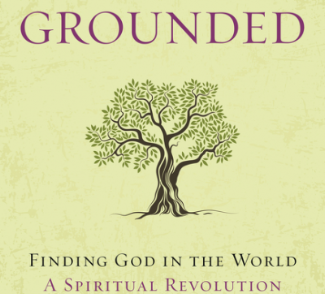From Chapter One, Page 58
Read on 4.23.17, Sacred Is the Earth
The soil is not the problem. Rather, the infertility of the soil is the problem. The sin is not that human beings are unclean. The sin is that we have failed the soil; we have not attended to it, or we have abused it. We humans willfully disregard our vocation to protect and keep the earth, choosing instead to do violence upon it. Thus, soil may be either blessed or cursed by our activity. Soil is good, but may become bad, something sacred and fertile ruined into what is profaned and hardened. Our problem is that we hardly understand our own involvement in the degradation of the ground. And we have become jaded and unaware of the spiritual power of dirt.
Jesus talks about this in one of his stories. A farmer sowed his seeds, some of which fell on bad soil, with rocks or little water or thorns, and died. But other seed “fell into good soil and brought forth grain, growing up and increasing and yielding thirty and sixty and a hundredfold” (Mark 4:8). Jesus explains that the seed is God’s love and the soil is us. The moral of the story? We are not soil-y enough! Spiritually, we would be better off more soiled rather than less. Being soiled is the point. A friend of mine who is a pastor and a gardener insists, “God loves dirt more than plants, soil more than what it yields. God is a dirt farmer, not a vegetable gardener.” Soil is not sin. Soil is sacred, and holy, and good. When we care for it, we are doing God’s work. Soil is life. And it is time for us to reclaim the dirt.



